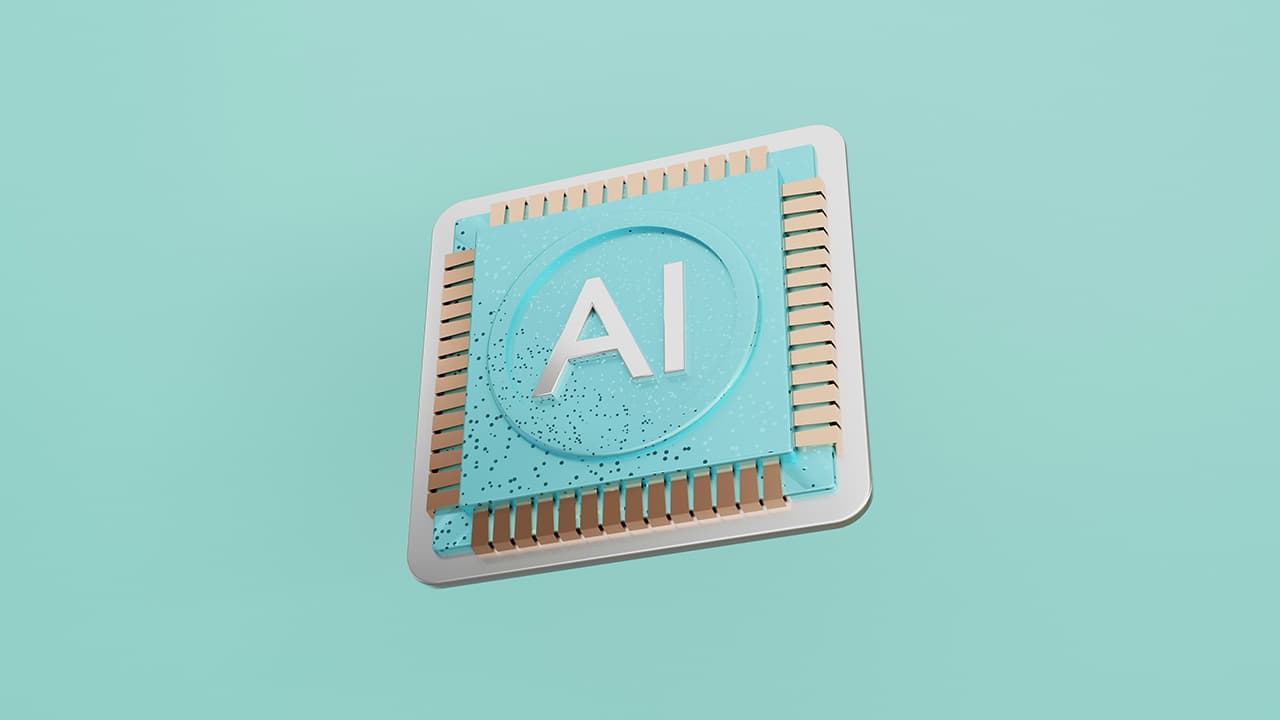How a GPT Model Learns and Understands Grammar
Teaching a machine to understand and generate human language isn’t just about stringing words together—it’s about capturing the nuances of grammar, context, and meaning. GPT (Generative Pre-trained Transformer) models tackle this challenge head-on, turning vast amounts of text into coherent, grammatically correct language. But how do these models handle the complexities of grammar, especially when faced with long and intricate sentences? Let’s break down how GPT models achieve this linguistic feat.
Learning from Data: Building Grammar Mastery
A GPT model’s ability to grasp grammar begins with its exposure to massive amounts of text. By processing billions of sentences from diverse sources, the model recognizes patterns in how words and phrases are typically arranged. Instead of memorizing grammar rules like a student, the model learns by example, picking up on the natural flow of language. For instance, it learns that adjectives usually precede nouns ("blue sky") and that subjects often come before verbs ("The dog runs").
As the model processes more text, its predictions for what comes next in a sentence become increasingly accurate. This pattern recognition is essential for developing a deep understanding of grammar.
The Transformer Architecture: Powering Language Processing
The true strength of GPT models lies in the transformer architecture, which processes language in a way that closely mirrors human understanding. Unlike older models that processed words sequentially, transformers can analyze entire sentences simultaneously, allowing for a more holistic grasp of language.
Attention Mechanism: Focusing on Key Information
A standout feature of the transformer is its attention mechanism, which enables the model to focus on the most relevant parts of a sentence. In complex sentences with multiple clauses, the attention mechanism helps the model determine which words or phrases are central to the sentence’s meaning. For example, in "The musician, despite being tired, performed an encore," the model understands that "musician" and "performed an encore" are the main elements, while "despite being tired" adds context but isn’t the focus.
This ability to weigh the importance of different words is crucial for handling long and complicated sentences, ensuring that the grammar stays consistent and the sentence makes sense as a whole.
Tackling Complexity: How GPT Models Handle Long Sentences
Complex sentences, especially those with multiple clauses, pose a significant challenge for language models. However, GPT models are equipped to handle these challenges through context awareness and memory.
Context and Memory: Keeping the Sentence Coherent
When generating long sentences, the GPT model maintains a memory of the entire context, allowing it to keep track of relationships between different parts of the sentence. This is where the attention mechanism comes into play, helping the model remember earlier parts of the sentence to ensure that the entire structure remains coherent. For instance, in "Although the weather was bad, we went hiking because we had already planned it," the model needs to remember that "Although the weather was bad" introduces a contrast that is resolved by "we went hiking."
Positional encoding also helps the model keep track of the order of words, which is crucial for maintaining the meaning of the sentence. This ensures that sentences like "The cat chased the mouse" and "The mouse chased the cat" are treated differently, reflecting their distinct meanings.
Continuous Improvement: Refining Grammar Over Time
As the GPT model processes more data, it continually refines its understanding of grammar. Early on, the model might make mistakes, but with each new sentence, it adjusts its internal parameters to improve accuracy. This iterative learning process allows the model to become more proficient at generating grammatically correct sentences, even as the complexity of the sentences increases.
Generalizing Grammar Rules: Beyond Memorization
One of the most impressive capabilities of GPT models is their ability to generalize grammar rules. Rather than memorizing specific sentences, the model learns the underlying structures of language. This means it can generate new sentences that follow grammatical rules, even if it has never encountered those exact sentences before. For example, the model can produce a sentence like "The scientist, after years of research, published her findings" because it understands the general structure of such sentences.
This generalization is what allows GPT models to create original, grammatically sound text that is contextually appropriate and meaningful.
Navigating Challenges: When Grammar Gets Tricky
Despite their advancements, GPT models are not without limitations. They can struggle with particularly complex or unconventional sentence structures and may produce grammatically correct sentences that are awkward or lack coherence. This often occurs because the model’s understanding of grammar is based on the patterns it has observed in its training data. If the data contains biases or errors, the model may inadvertently learn these as well.
Moreover, the model might have difficulty with idiomatic expressions or metaphors, leading to sentences that, while correct in structure, miss the intended meaning or nuance.
The Road Ahead: GPT Models and the Future of Language
GPT models have made remarkable strides in understanding and generating human language, but the journey is far from complete. These models continue to evolve, becoming more adept at navigating the complexities of grammar and context. As AI advances, GPT models are expected to handle language with even greater sophistication, pushing the boundaries of what machines can achieve in communication.
The progress made so far highlights the immense potential of AI in mastering language. As we look to the future, the possibilities for interaction with these models are boundless. As they continue to learn and grow, GPT models will undoubtedly play an increasingly vital role in shaping how we communicate and understand the world around us.












